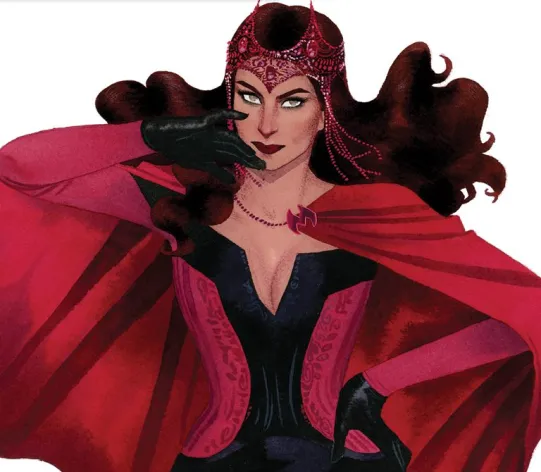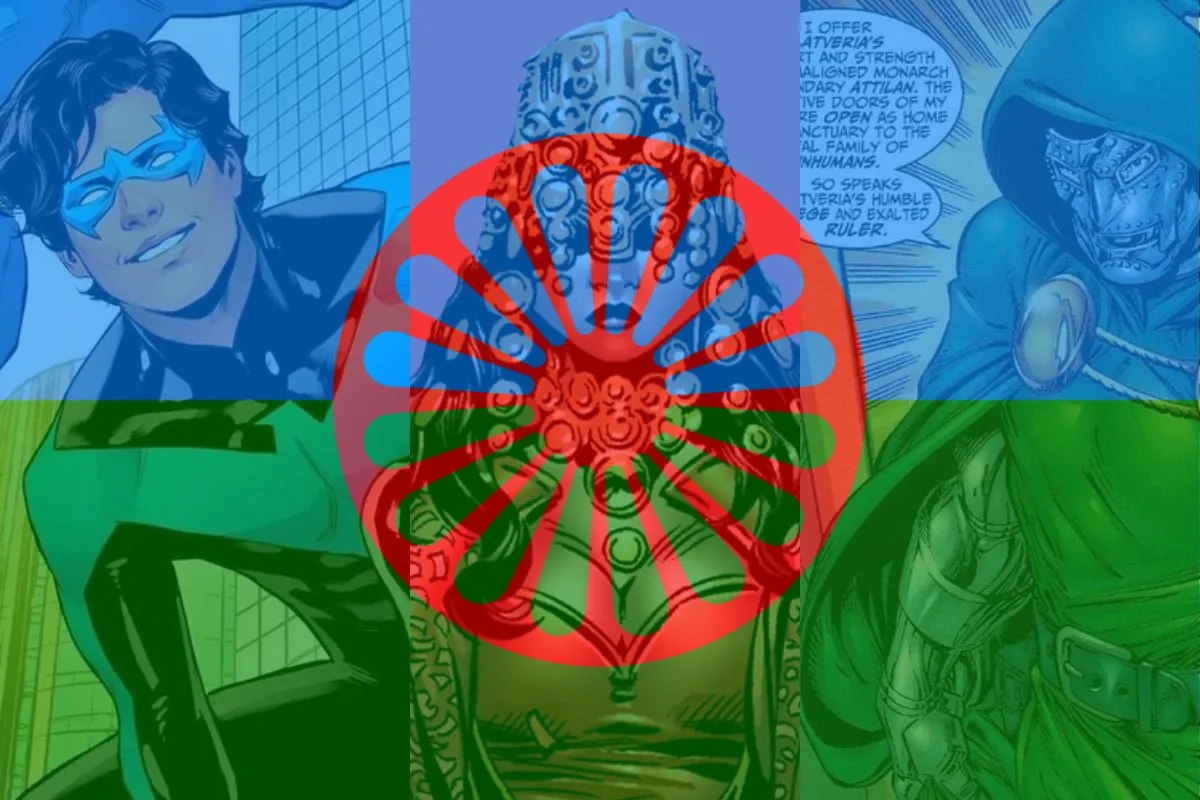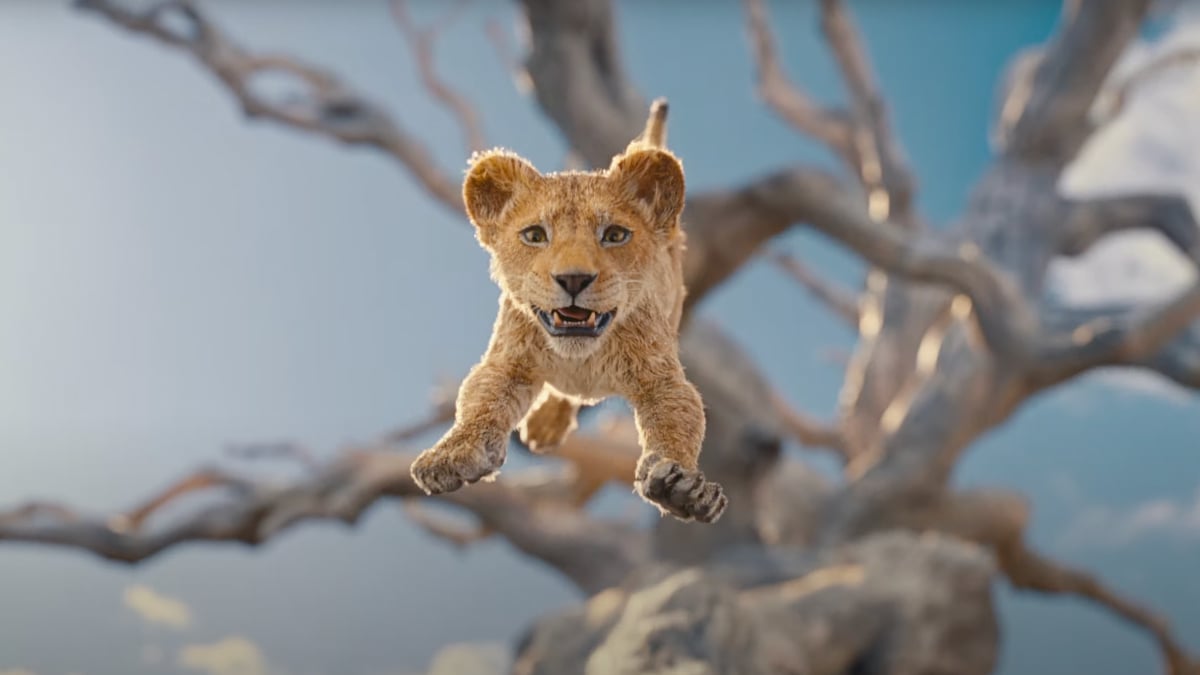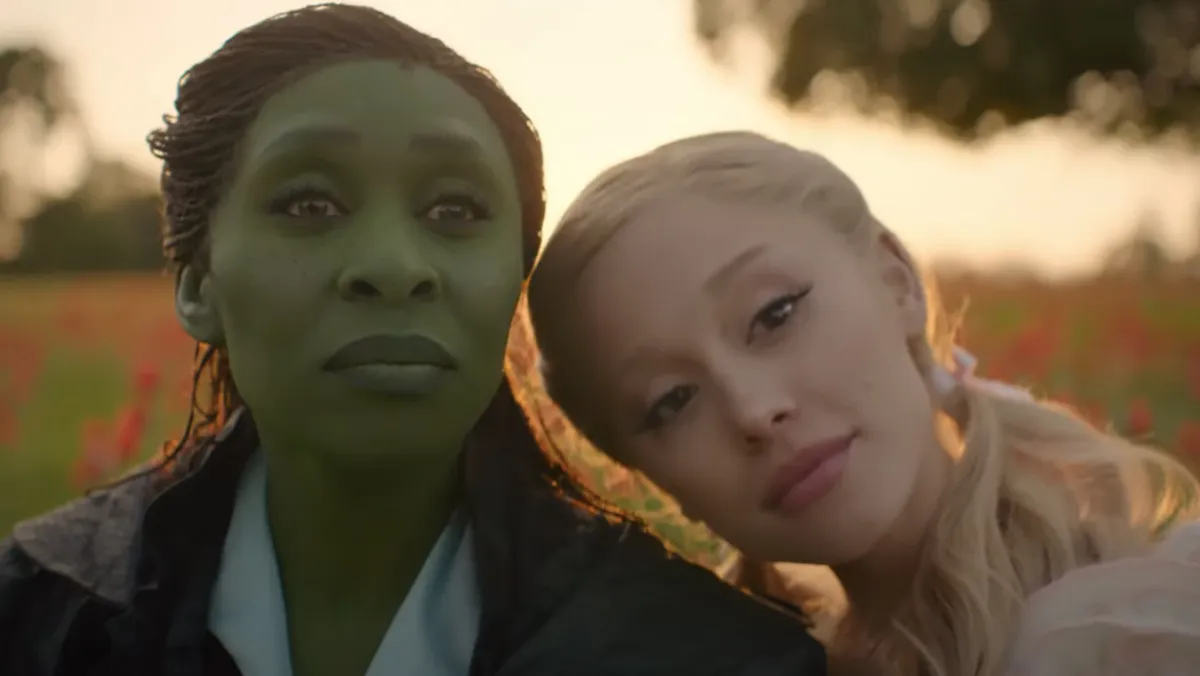There’s been a growing conversation about Jewish erasure in comic books and the screen adaptions that introduce these stories and characters to a wider audience. The superhero genre as we know it is shaped by the relatives and children of Jewish immigrants fleeing violence in Europe during two world wars. Another group of people who face similar persecution and with less than stellar on screen is the Romani people (which is not the same as Romanians, FYI). With everything going on in the MCU and DCEU, this would be the perfect time to correct the slights towards both communities.
In the U.S., the Romani are (at best) a footnote in the discussion of the Holocaust (where roughly one out of four died in the attempted genocide). In entertainment, they’re represented by the dehumanizing programming that is The Hunchback of Notredame, Holes, and TLC reality TV (My Big Fat American G***y Wedding, whose title includes a word most Romani ethnic groups consider a slur).
Who are the Romani?
To keep it very, very brief: The Romani came from the Indian subcontinent to the European continent between (roughly) 900 and 1400 AD, if not sooner, developing distinct ethnic groups in each place they moved to. Contrary to popular depictions, this isn’t just limited to Eastern Europe, but as far west as the British Isles and Spain, too. Now Romani are everywhere in the world, but still mostly concentrated in Europe as the largest minority in many countries. As with Jews and other prominent minority populations, nations marginalized the Romani because of their cultural differences and scapegoated the community during tumultuous times. This tends to go from hostile to deadly when nations seek to build a national identity.
The resurgence of authoritarianism in Europe led to increased harassment in addition to the system oppression always faced by the Romani. For example, in September 2022, a video of Italian politician Alessio Di Giulio and a Roma woman went viral, in which Di Giulio tells his followers that if people vote for his far-right party, they will “never see her again” in Florence—the clear implication being Romani people will be forcibly removed from the city. They still face discrimination (and segregation) in housing, schooling, policing, and healthcare (including forced sterilization).
Who are the Romani in comics?

Characters like Dick Grayson (Robin, Nightwing), Wanda Maximoff (Scarlet Witch), Pietro Maximoff (Quicksilver), Kurt Wagner (Nightcrawler), and Viktor Von Doom (Doctor Doom) are major characters that are explicitly written or heavily coded as Romani throughout their existence in comics. The real-world persecution and trauma faced by the Romani inform the stories of the Maximoff Twins (who are also Jewish), Wagner, and Von Doom. However, Grayson’s story is a bit more complicated.
Like with other marginalized groups, not all representations are created equal. There’s an overwhelming number of magic wielders that also hold a variation of the title “sorceress,” “fortune-tellers,” and circus performers. (Just revisit the named characters above.) That’s to say nothing of the complicated stories to downright terrible depictions over their respective histories and some of the writer’s own anti-Romani prejudices held at the time of writing.
To play with some of these tropes can be interesting (none mentioned in that video), but these stereotypes translate to the real world and add to the anti-Romani beliefs that they are deceptive performers. However, the entertainment industry could employ Romani scholars, historians, and artists in different areas of the behind-the-scenes work. The entertainment business could hire them to give the nuances given to several other films like, for example, the Maya peoples of past and present in the film Black Panther: Wakanda Forever.
With all the restructuring happening with DC Studios, helmed at the moment by Peter Safran and James Gunn, and the expansion of the multiverse within the MCU, there’s more than enough space to include appropriate casting of these characters and stories that are sensitive to Romani history, cognizant of what people liked in the comics, and be entertaining blockbusters.
A numbers game
Due to the sheer volume of straight-up Romani to Roma-inspired characters, the cultural structure of Romani people (not tied to one location), and systemic inequality from the centuries of attempted genocide, I’m not sure if it’s possible for a one-to-one casting. Especially if that involves creating more characters, or if they recreate Latveria. I would love to be wrong and welcome a correction, but at the bare minimum, it’s more than reasonable to at least provide proper representation on and off-screen involving the major characters mentioned above. This tradition of white-washing extends beyond comic-book adaptations and is still a longstanding tradition (looking at you, Peaky Blinders.)
A possible solution that still provides growth opportunities would be to include the various people in the region where the Romani immigrated from for supporting roles. Being generous with the various theories of origin, this would include the contemporary borders of Afghanistan, Pakistan (of course), and northern India. Especially at the intersection of lower caste and darker features to enrich the themes of oppression of those communities and Romani everywhere.
(featured image: DC & Marvel remixed by Alyssa Shotwell)
—The Mary Sue has a strict comment policy that forbids, but is not limited to, personal insults toward anyone, hate speech, and trolling.—










Published: Jan 25, 2023 01:23 pm